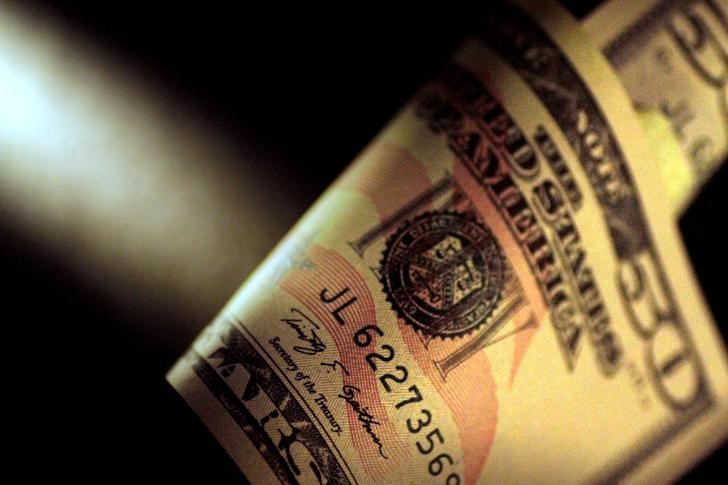By Peter Nurse
Investing.com - The U.S. dollar stabilized in early European trade Thursday, as traders sought out this safe haven amid uncertainty over the global economic outlook.
At 03:10 ET (08:10 GMT), the Dollar Index, which tracks the greenback against a basket of six other currencies, rose 0.1% to 105.097, after falling 0.4% overnight, its first decline since Friday.
"After a positioning-led rally in risk assets over the last six weeks, financial markets seem to be settling back into a macro-led environment where the 2023 global slowdown is front and centre," analysts at ING said, in a note.
Investors are focusing on the U.S. Federal Reserve's policy-setting meeting next week amid expectations that the U.S. central bank will soon slow its tightening pace, likely hiking by 50 basis points after four consecutive increases of 75 basis points.
However, recent upbeat U.S. employment, services and factory data have added to investor uncertainty over the policy outlook, ahead of Friday's PPI number and then the all-important CPI release next week.
The heads of several big banks have pointed this week to the growing threat of recession, primarily in the U.S., with interest rates likely peaking at higher-than-expected levels if inflation remains sticky.
EUR/USD rose 0.2% to 1.0526, with the European Central Bank also widely expected to continue hiking interest rates next week, even after Eurozone inflation fell for the first time in 18 months.
"It was a pleasant number last month, but I’m afraid it would be too soon to celebrate an inflation peak," European Central Bank Governing Council member Peter Kažimír said Wednesday. "It wouldn't be right to slow down the monetary tightening because of a single better inflation number. I still see many reasons to continue in the set pace of policy tightening."
GBP/USD rose 0.1% to 1.2214, with the Bank of England set to lift its benchmark interest rate by another 50 basis points next week, despite the economy falling into recession as it battles inflation running at more than five times its target.
USD/JPY rose 0.1% to 136.68, with the yen weakening after data showed that Japan registered an unexpected current account deficit in the third quarter, with the currency's weakness making imports more expensive.
Japan's third quarter GDP was also revised a shade higher, but the economy still contracted, as citizens struggled with inflation running at 40-year highs.
AUD/USD rose 0.1% to 0.6725, while USD/CNY fell 0.1% to 6.9734, with the yuan continuing to benefit from China announcing the further relaxation of movement curbs and testing mandates in most major cities.
